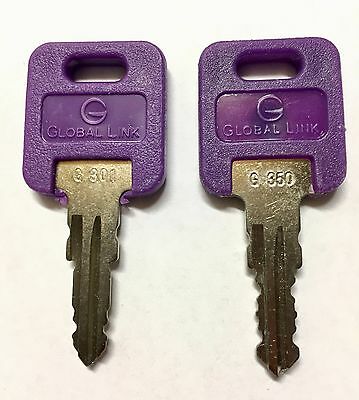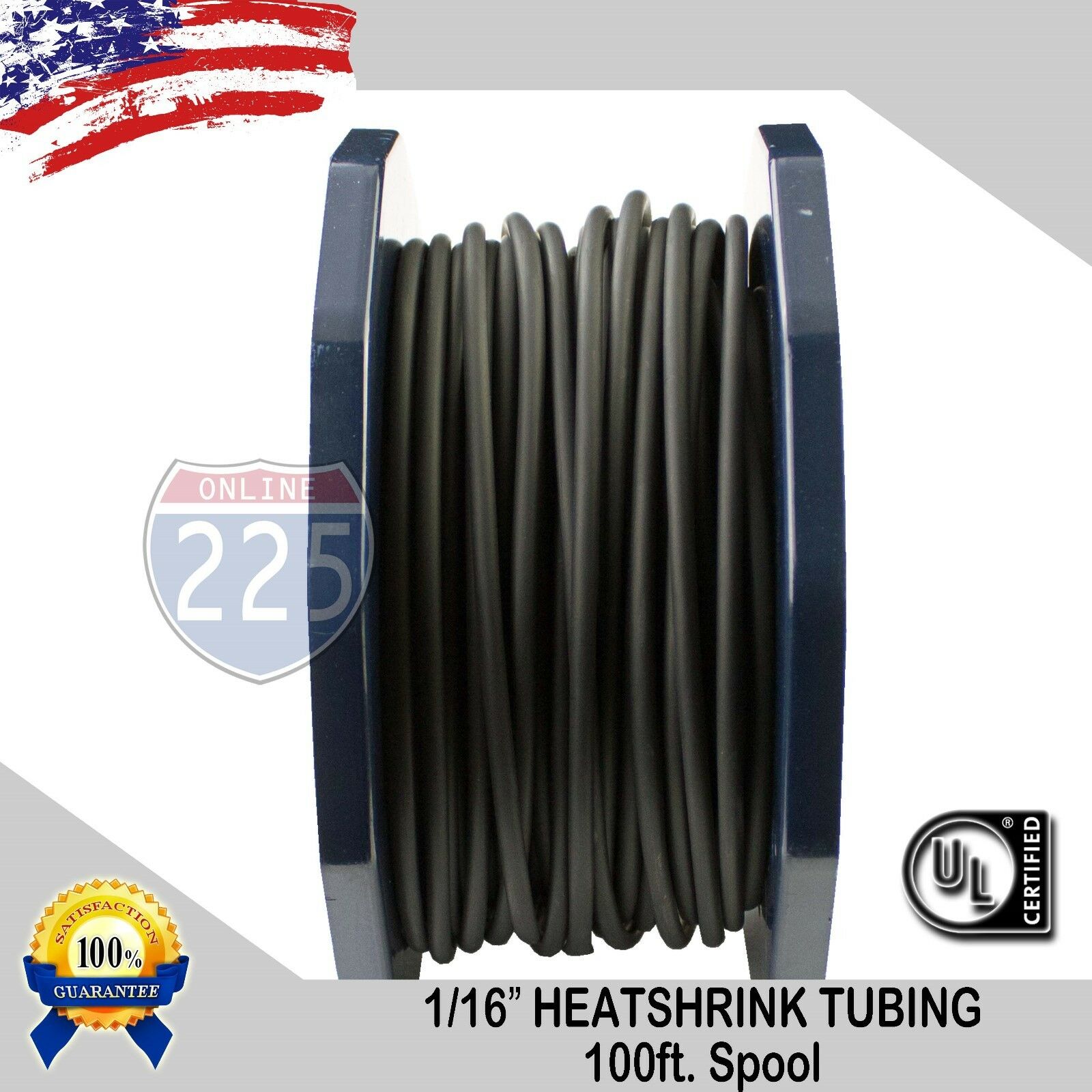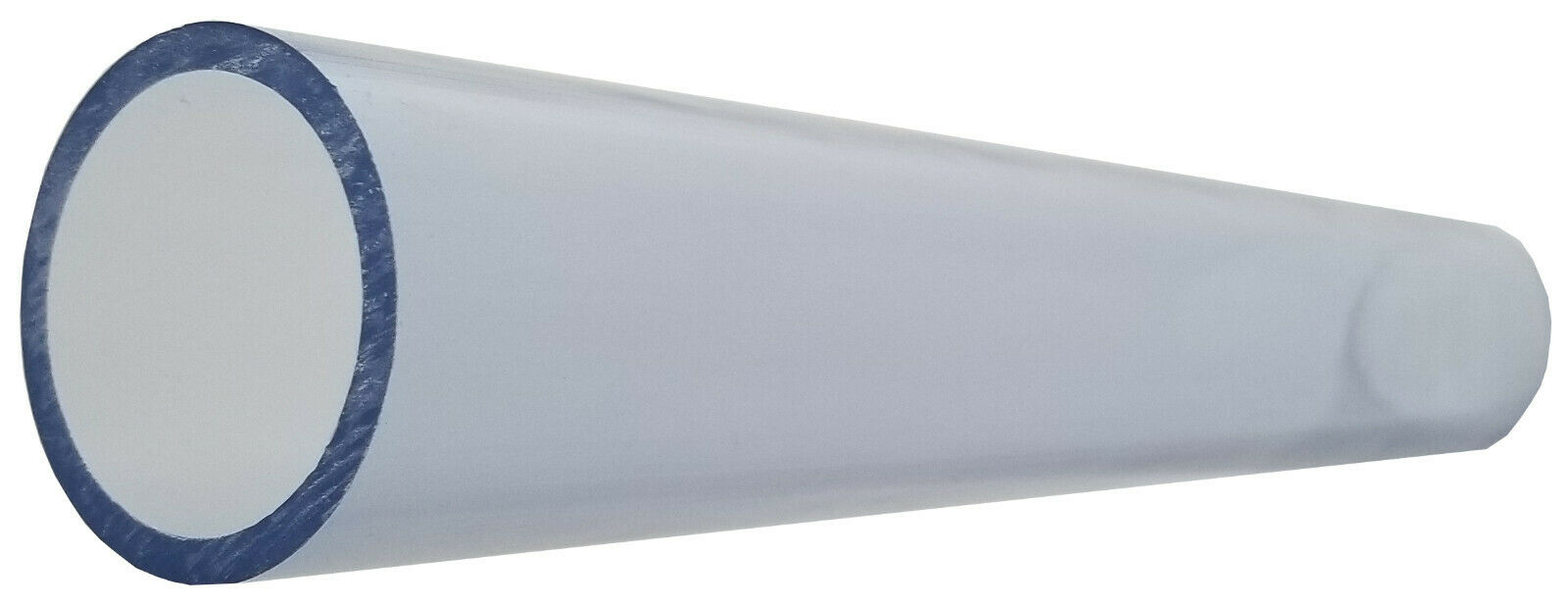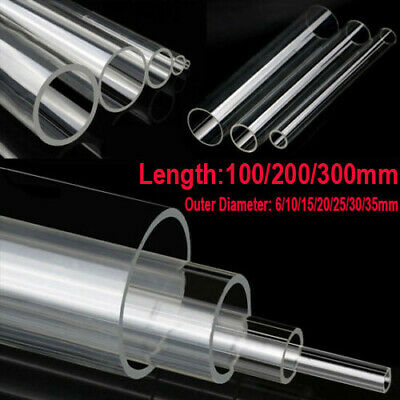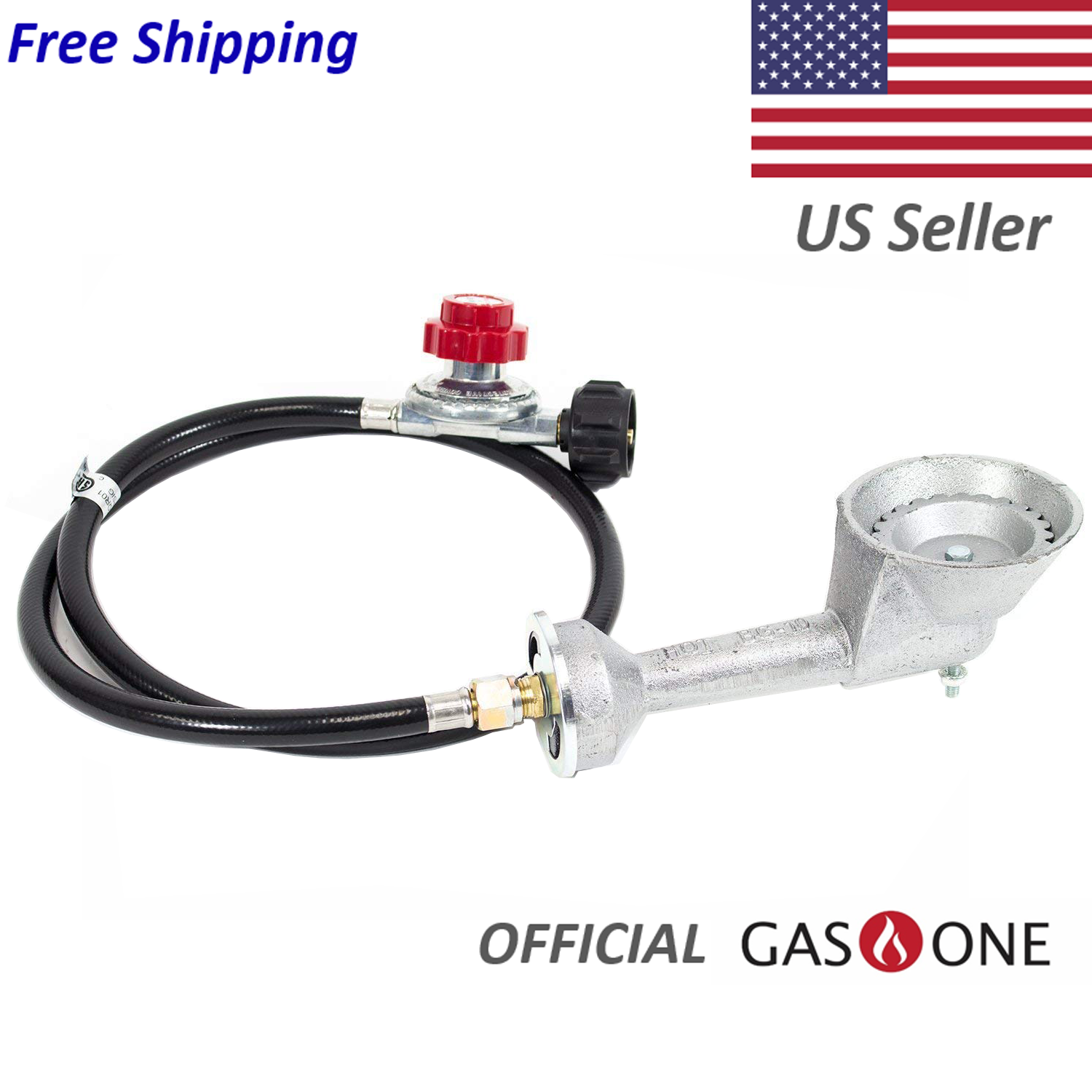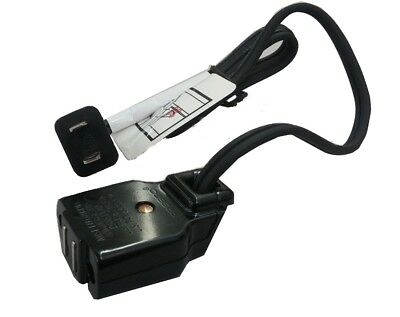-40%
15 seeds Dionaea Mix , fresh form 2022 Venus fly trap VFT
$ 1.57
- Description
- Size Guide
Description
Iwould like to
offer
15
seeds
of a
Dionaea
muscipula Mix,
better known as
Venus F
ly Trap
.
Fresh seeds from 2022! Best germination rate.
The plants were hand pollinated from myself, but also from insects in my bog. So I can
not
make
precise
statements
about the composition
of the mix.
I cultivate
About more than 25
Dionaea
forms:
Dionaea
Dark
Red
,
Dionaea
Type
All Red
,
Dionaea
Red
Burgundi
,
Dionaea
G14
Dirk
Ventham
Giant,
Dionaea
G16
Slacks
Giant,
Dionaea B52, Dionaea All Green, Dionaea Red line, Dionaea Black Pearl,
Dionaea
Dingley
Giant,
Dionaea
Big
Mouth
,
Dionaea
Akai
Ryu,
Dionaea
B52,
Dionaea
mega
traps
,
Dionaea
Z11,
Dionaea
SL14, Dionaea
South
West
Giant, Dionaea Paradisa, Dionaea Black Star, Dionaea South West Giant, GJ Giant, Dionaea werwolf ect.
I recommend shipping with tracking number.
With a total order of at least 12 items, I can ship with a tracking number.
Shipping to Australia to your own risk, sometimes the letters are
rejected!
To germinate Venus Flytrap seeds, there are a few things to consider and remember:
Stratification or no? -- No, not for Venus Flytrap seed. Stratification is the process of keeping seeds cold and damp for several weeks or months, and for Fall-blooming plants stratification can simulate a winter for the seeds, which are used to germinating the following Spring. But Venus Flytraps bloom in the Spring, not the Fall, and their seeds do not need to be stratified. Instead Venus Flytrap seeds are accustomed to germinate within days (usually 13-25 days) after they fall to the ground during the summer, the rate and speed of germination increasing with warm temperatures. Therefore, Venus Flytrap seeds should not be stratifed, although if they are not sowed immediately they can be stored in the refrigerator to help them remain fresh longer and increase germination when sowed at a later date.
What kind of soil? The "soil" should be the same as growing media for adult Venus Flytraps: a very low-nutrient mix based on sphagnum peat moss, with other ingredients such as silica sand or perlite optionally added. No "potting soil" (usually has nutrients added) and no Miracle-Gro brand because they enrich their sphagnum peat moss and perlite with plant food.
Bury the seed? -- Don't bury the seed, but it's OK to sift a little fine dust of sphagnum peat moss (ground between the fingers, for example) onto the surface of the germination/growing medium to settle around the seeds to help retain moisture and keep the emerging root from drying out and becoming calloused and stunted. This also helps give the seed something to push against as the root emerges and seeks to dig itself into the medium instead of merely pushing itself along the soil surface, but it is not strictly necessary.
Water -- Use only rain water or distilled water (or reverse-osmosis water). To water the seeds, use a spray bottle to gently wet the soil surface or continue to spray to saturate the medium until some water drains out, or water from below, allowing the soil to suck water upward through the drain holes from a tray or bowl of water. While germinating seed the soil should be fairly moist. Later when the plants begin to grow well the water content should be lowered and the plants allowed to have more air and less water in the soil. Venus Flytraps, once they are past the tiny seedling stage, grow very healthy in just moist rather than soggy or saturated soil, although care must be taken so that the soil never completely dries out.
Heat -- Yes, keep the seeds and growing container warm. A temperature above 78 degrees Fahrenheit or fluctuating up to 90 degrees Fahrenheit (24-32 or more degrees Celsius/Centigrade) will greatly help to stimulate more rapid germination and early healthy growth.
Keep moist -- Don't allow the soil surface to dry out completely, and try to keep humidity high during germination, although it can be lowered once the plants are growing. If you live in a dry climate, it helps to germinate Venus Flytraps in a covered container. A disposable plastic food storage container makes a fine germination chamber. Cut or punch holes in the top for heat escape and air circulation, and poke some tiny holes in the bottom of the container to drain excess water. Lift the lid of the container at least once a day and fan the air for a change of fresh air. The germination chamber should not be placed in direct sunlight because it will overheat both the air and soil inside and may damage or kill the seeds and germinating plants. Bright indirect light is best. Alternatively, the seeds may be sown in any regular pot or planting container, and temporarily covered with a clear plastic bag in indirect light. As with the germination chamber mentioned above, it is important to keep any covered container out of direct sunlight because of the rapid buildup of heat inside or beneath the covering, which can literally bake and kill seeds and seedlings. Once most of the seeds have germinated (within 4-6 weeks) the covering can be permanently removed and the seedlings then placed in direct sunlight.




